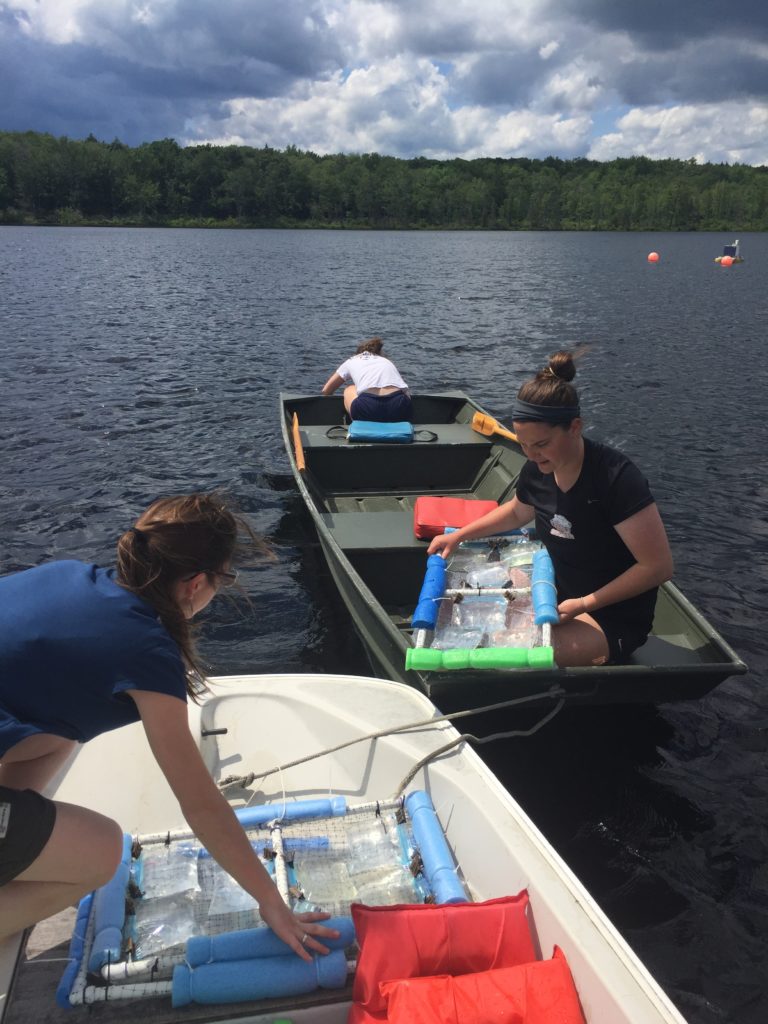Mixotrophs are organisms that can obtain energy from photosynthesis or by consumption of others, using one or another strategy depending on environmental conditions. In a context of global change, an increase in the frequency and intensity of rainfall is predicted for many areas of the planet. This phenomenon would lead to a greater contribution of nutrients by runoff in water bodies, simultaneously with an increase in their turbidity due to the input of particulate matter.
In this work, carried out in a high mountain lake in Pennsylvania, (United States), we evaluated how the supply of nutrients and the different levels of solar radiation affect the abundance and grazing of mixotrophic nanoflagellates. The availability of photosynthetically active radiation attenuated the effect of nutrient limitation (nitrogen and phosphorous). Also, grazing on bacteria was the strategy used by mixotrophs in response to a suboptimal photosynthetic environment. On the contrary, under a light saturation regime, the mixotrophic community ingested less bacteria, since photosynthesis satisfied the energy demands of the community.
Dr. Valiñas’ stay was financed with a Fullbright Commission’s scholarship for researchers, and by Ministerio de Educación de la Nación Argentina.

Working at Lake Lacawac, Pennsylvania.